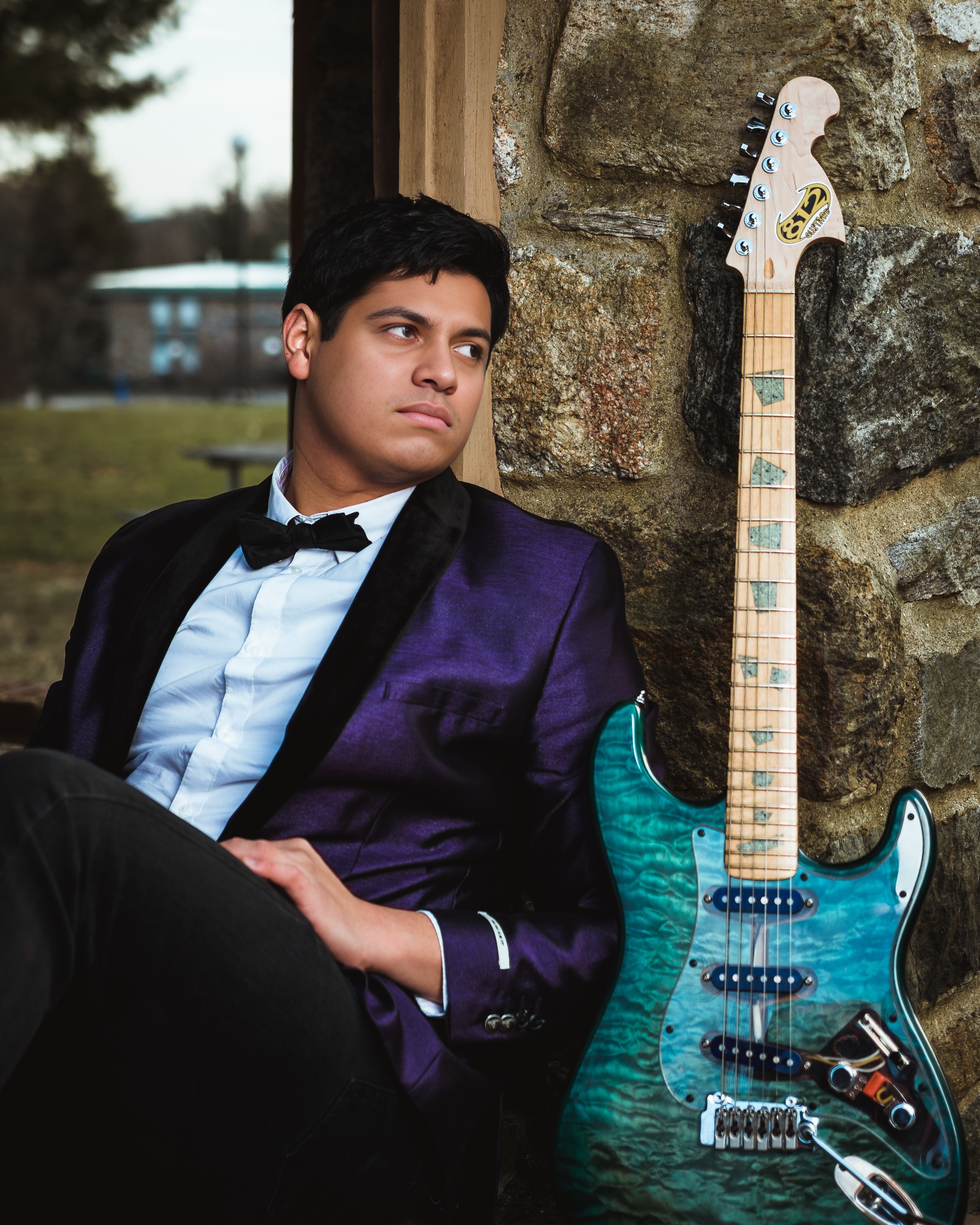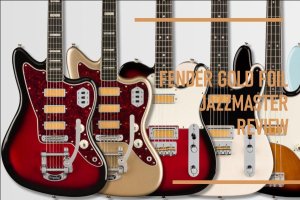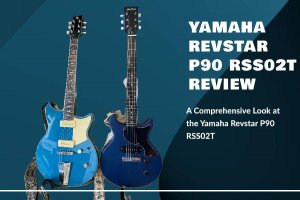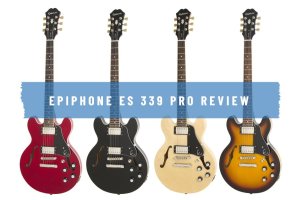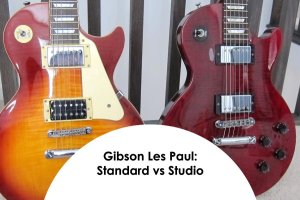Are you on the lookout for the perfect balance of versatility and tonal excellence in a guitar? Enter the PRS CE 24, where the battle for supremacy rages on with every chord and riff. This guitar has won the hearts of many artists all over the world with its sleek look and high-quality construction.
Diving into Paul Reed Smith CE 24 review, Eguitarmania will explore its features, capabilities, and uncover the playing experience. We’ll explore every aspect of this instrument to give you a comprehensive understanding of what sets it apart.
Specification
With its quick attack, woody tones, and American twang, the new and improved PRS CE 24 has a bolt-on maple neck. It also comes at a strange PRS price.
| Body Construction | Solidbody |
| Top Wood | Maple |
| Back Wood | Mahogany |
| Number of Frets | 24 |
| Truss Rod | PRS Double-Acting |
| Neck Depth at the 1/2 Fret | 53/64″ |
| Bridge | PRS Patented Tremolo, Molded |
No matter how you look at it—as an upgraded S2 or a lowered-spec Core model—this new CE is a great guitar that captures the heart of PRS in its build, tuning, sound, and style in a very professional gear.
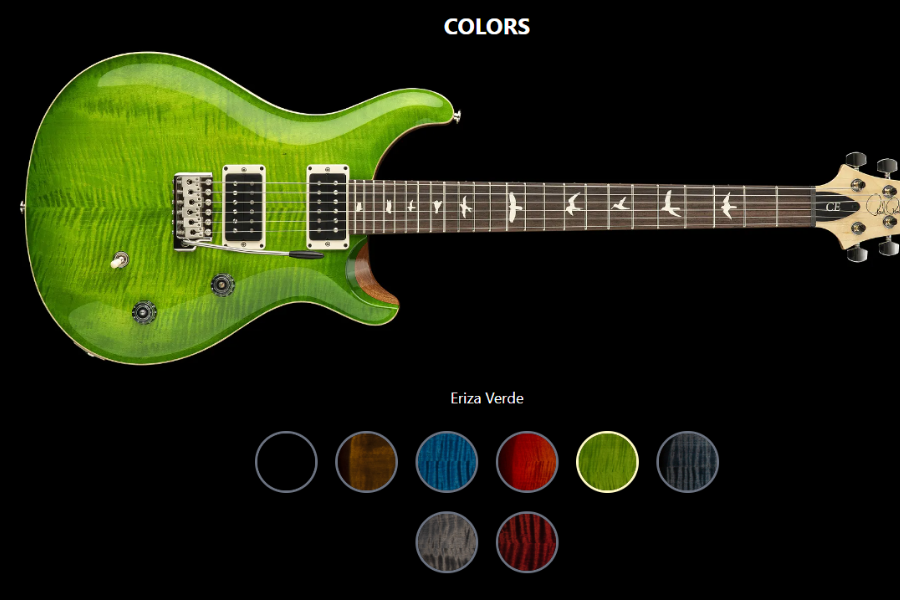
Paul Reed Smith Ce 24 Review
Price : Investing in Sound
There are things to look at. The CE24 is in a strange spot in the PRS lineup. PRS’s “full-fat” Core-line Custom 24 is made in the USA and starts at £2,939 when bought completely new. It costs only £1,375 to buy PRS’s cheaper S2 model, which is made in the company’s studio in the United States. We can’t reach the first one and the second one is, ahem, not quite PRS enough for many of us. This is where the brand-new 2016 CE 24 comes in, priced well below £2,000.
Like the S2, the CE24 has the older Phase-2 locking tuners, a 3-piece neck construction, plain white bird inlays, and the knobs and back-plates aren’t recessed in the body. What it borrows from the Core guitar are the pickups and the flashy flame maple cap.
The maple cap on the CE is thinner than that of the Core model, however, it is still a smoothly carved top, as opposed to the sawn-off edges on the S2. A good thing is that PRS CE24 has 85/15 pickups, which are loved by musicians for their clarity and cannot be purchased aftermarket.
It’s kind of like seeing an old friend again when you take the new CE out of its gig bag, not its hard case. When it came out in 1988, it was the cheapest PRS guitar and the first with a bolt-on maple neck. What’s different now?
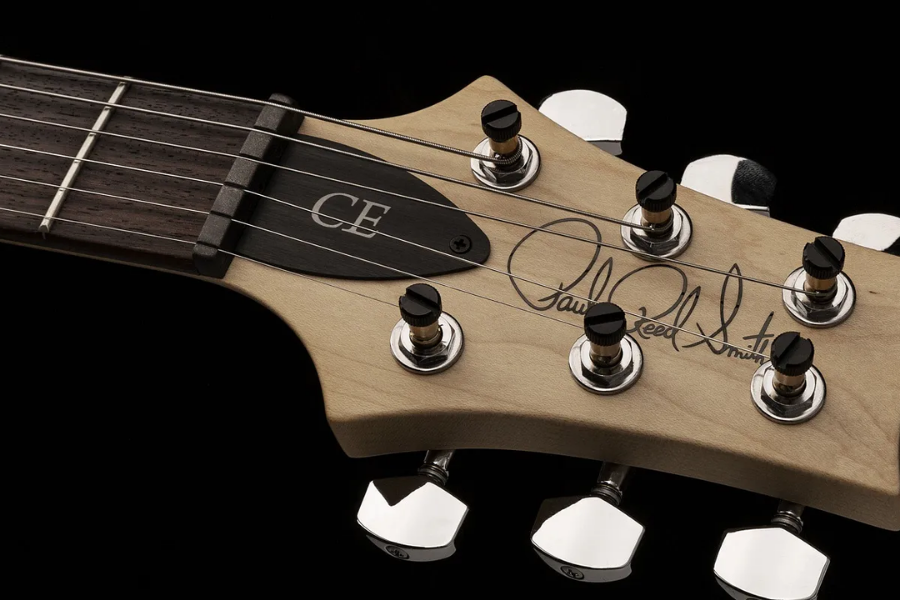
A Symphony of Features
Musicians on the go will find the CE24 to be an ideal instrument. PRS saved money by getting rid of features that weren’t needed, like the one-piece neck and the hidden buttons.
First, it’s the first PRS bolt-on to use a slab-sawn three-piece, this is an economical use of more easily available wood with a separate piece for the headstock and heel-piece. Importantly, the neck here has a nitrocellulose finish that’ll be quicker and glossier.
Secondly, the 85/15 pickups on the CE24 are incredible, 99% satisfaction rate with musicians. In my opinion, 85/15 pickups are very clear, reasonably high output pickups.
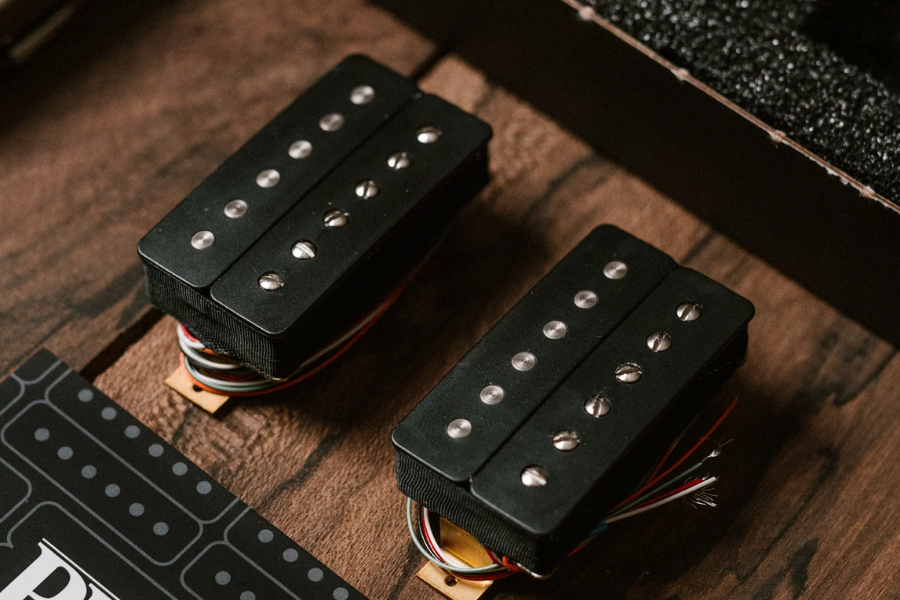
Also, in overall depth, the CE measures 44mm, pretty much the same as the S2. The mahogany back is around 31mm thick, leaving the maple top at around 13mm thick – a mahogany-to-maple ratio of pretty much 70:30. By comparison, the Core Custom is around 49mm thick with a 28.5mm-to-20.5mm mahogany-to- maple ratio of 60:40.
PRS’s glued-in or bolt-on necks are virtually identical in the way they fit into the body. The bolt-on neck is supposed to add some “snap and response”. There’s some of that skeletal ‘super-model’ feel, along with a light weight (as here), that made early PRS guitars feel so different. The neck’s heel extends under the neck pickup where it’s glued or, as in this case, screwed tight via four machine screws through a metal neck plate. I do like the PRS-branded backplate look.
Although I like the Custom’s 5-way blade switch better, the CE model’s 3-way toggle selection lets you use both pickups at the same time in single coil mode. Another controversial issue is the bridge. The Custom has a bridge that is carved, but the CE24 has a bridge that is molded, just like the SE products. For £310, PRS sells the carved bridge individually, but the stock bridge is fine and doesn’t sound bad. The tremolo works very easily, and the guitar stays in tune just like the Core model.
This guitar’s 25-inch scale length is in between a Strat’s (25.5″) and a Les Paul’s (24″). If you compare this to a 25.5″ scale length, the tension is a little less, which makes the strings easier to bend while making the tuning more stable over a 24″ scale. Does this spot in the middle offer the best of both areas? I personally like it.
The Dynamic Sounds of the Paul Reed Smith CE
If the drive is recognizable, the PRS’s contemporary sound is becoming so as well. This output sounds very old and is clean and clear. It makes a sound that’s almost bell-like and doesn’t have the middle hump that older PRS pickups do.
The in-tune vibrato is great, and PRS has gotten every bit of sound out of its instruments. The ring and clarity for clean or crunch tones are also very good. Sure, we don’t have the deep bass of a Core Singlecut, but that seems to fit with the “half Gibson, half Fender” feel.
Things That I Like and Don’t Like
Like any instrument, the CE 24 has its strengths and weaknesses, which deserve a closer examination from my personal experience.
One of the most significant drawbacks of the PRS CE 24, in my opinion, is its price tag. PRS CE24 is costly if bought new, often priced at $2000+. While some guitarists may find the price justifiable, it was a deterrent for me on a tighter budget. I recommend exploring the used market or considering trade-in options.
Besides that major downside, the playability of the CE24 is incredible. It delivers a wide range of tones from the flexible pickup infrastructure and is incredibly easy to play. It’s not a guitar that I have to struggle with and while I advocate stretching and loosening up first, I will often just pick up the guitar and I don’t develop any pain in the wrists or hands.
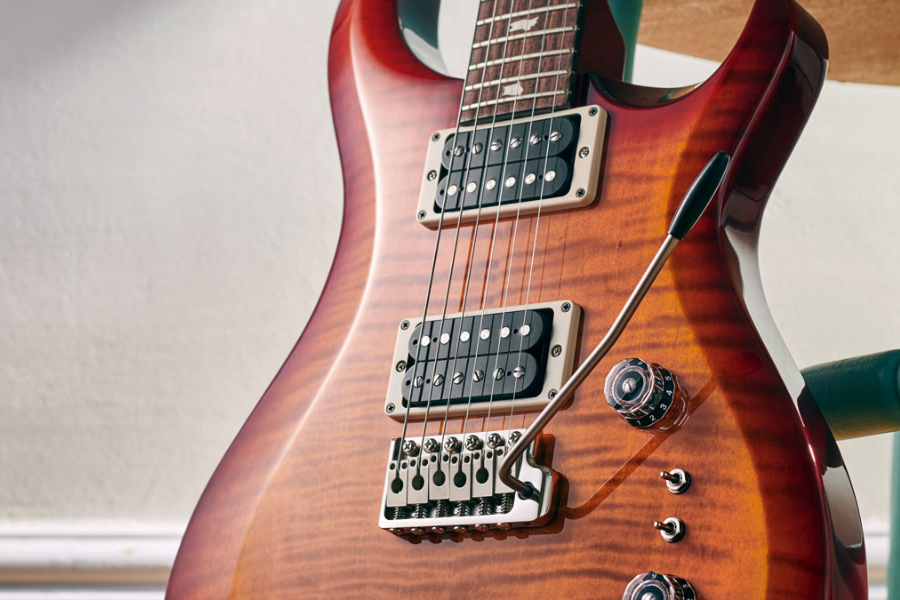
Moreover, fit and finish are superb. A beautiful wood top and a mahogany back make the guitar look great and give it a warm, powerful sound that works well with the way I play. One of the standout features of the PRS CE 24 that won me over is its 1 11/16 inch nut width. Combined with the exceptional 8515 pickups, the CE 24 delivers a rich and responsive sound that is highly pleasing to my ears and playing preferences.
- ???? PRS CE24 is costly if bought new
- ???? The 1 11/16 nut width and 8515 pickups contribute to comfortable playability and pleasing sound output.
- ????️ Tremolo system on CE24 offers stability and stays in tune well, with locking tuners adding to tuning stability.
- ???? Coil tapping feature enhances versatility, allowing for varied tonal options.
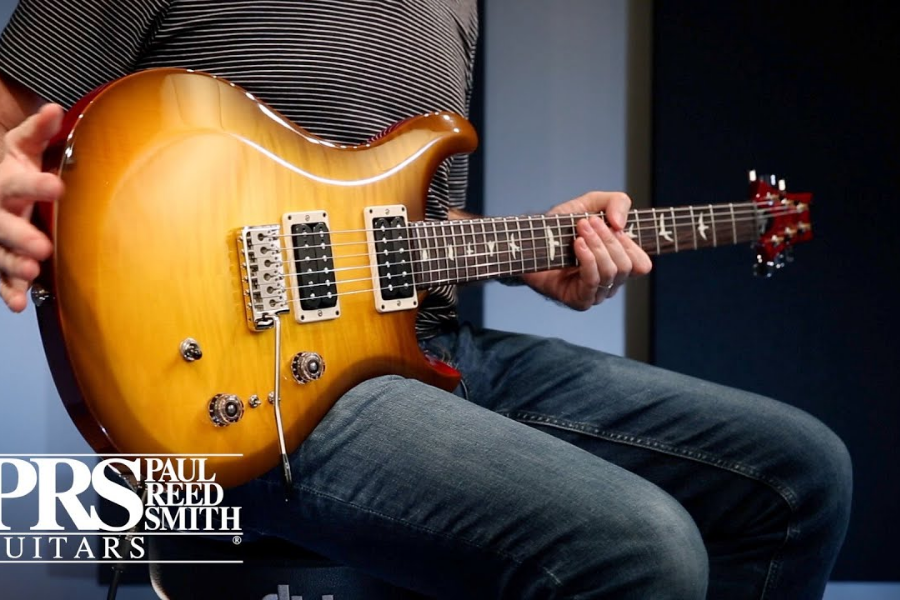
Final Thought
To sum up, the Paul Reed Smith CE 24 is a truly amazing guitar that strikes the right balance between looks, playability, and wide variety of tone. The CE 24 is an electric guitar icon thanks to its unique features and long history. I’m happy to have one in my collection.

